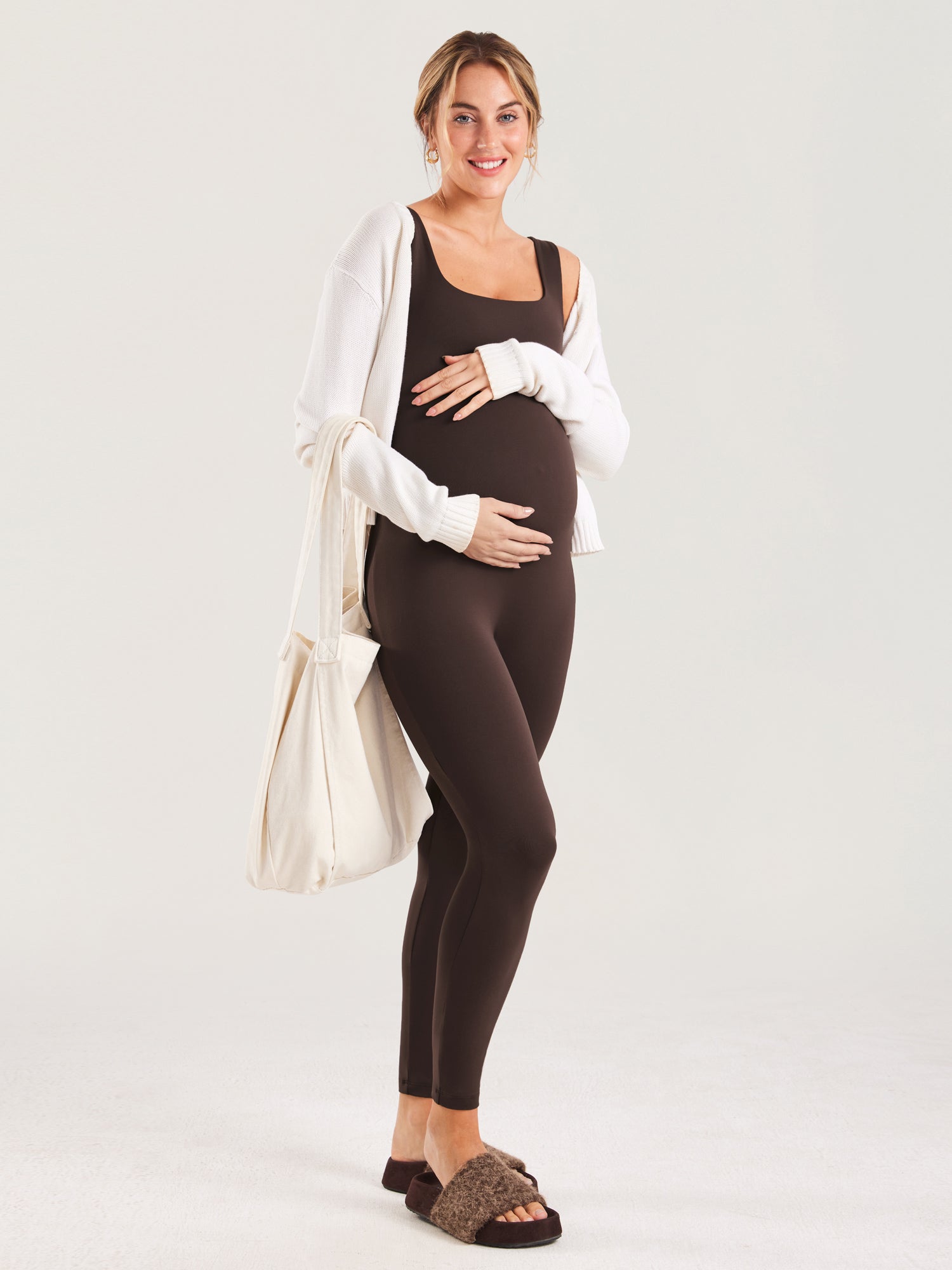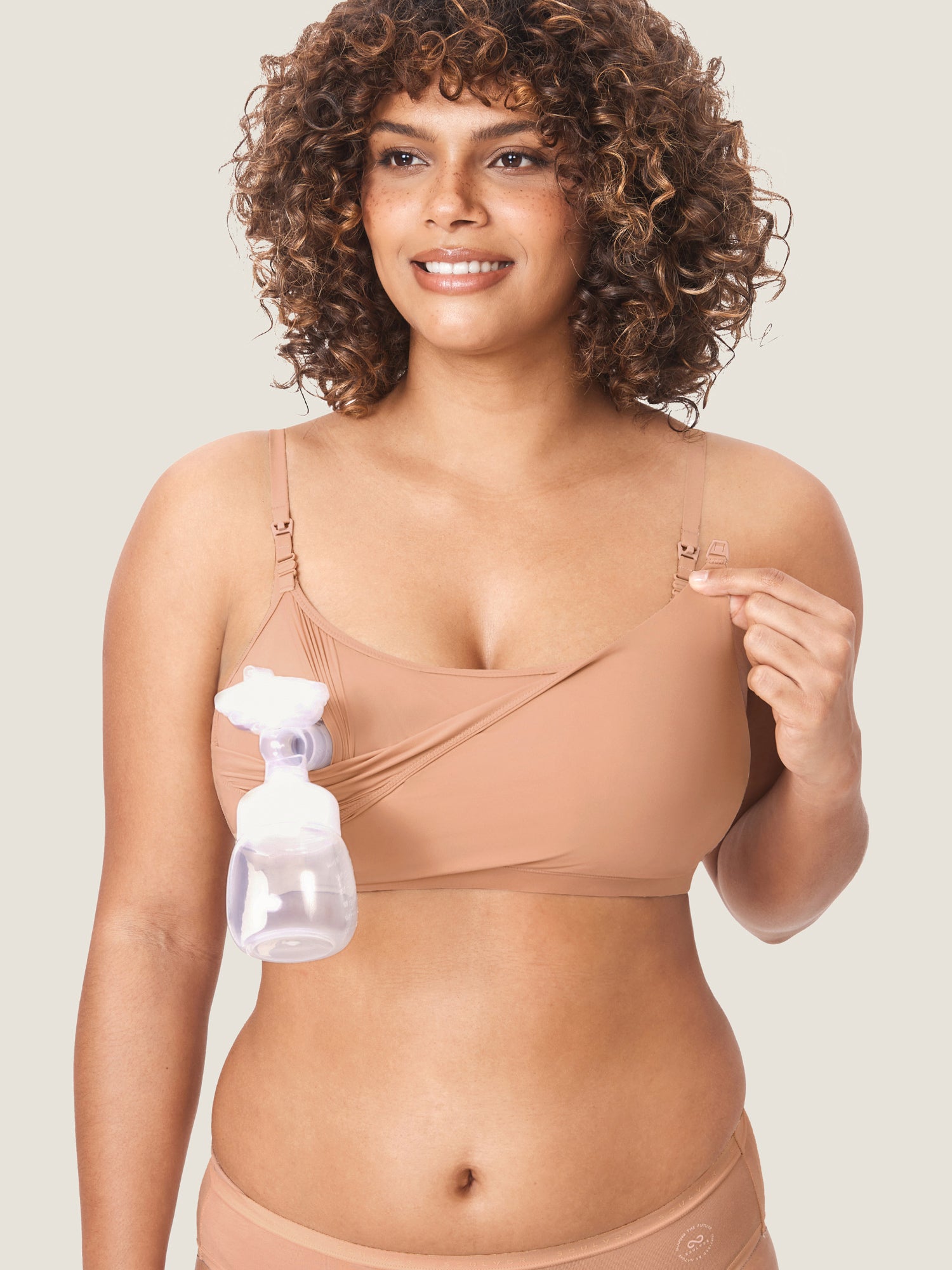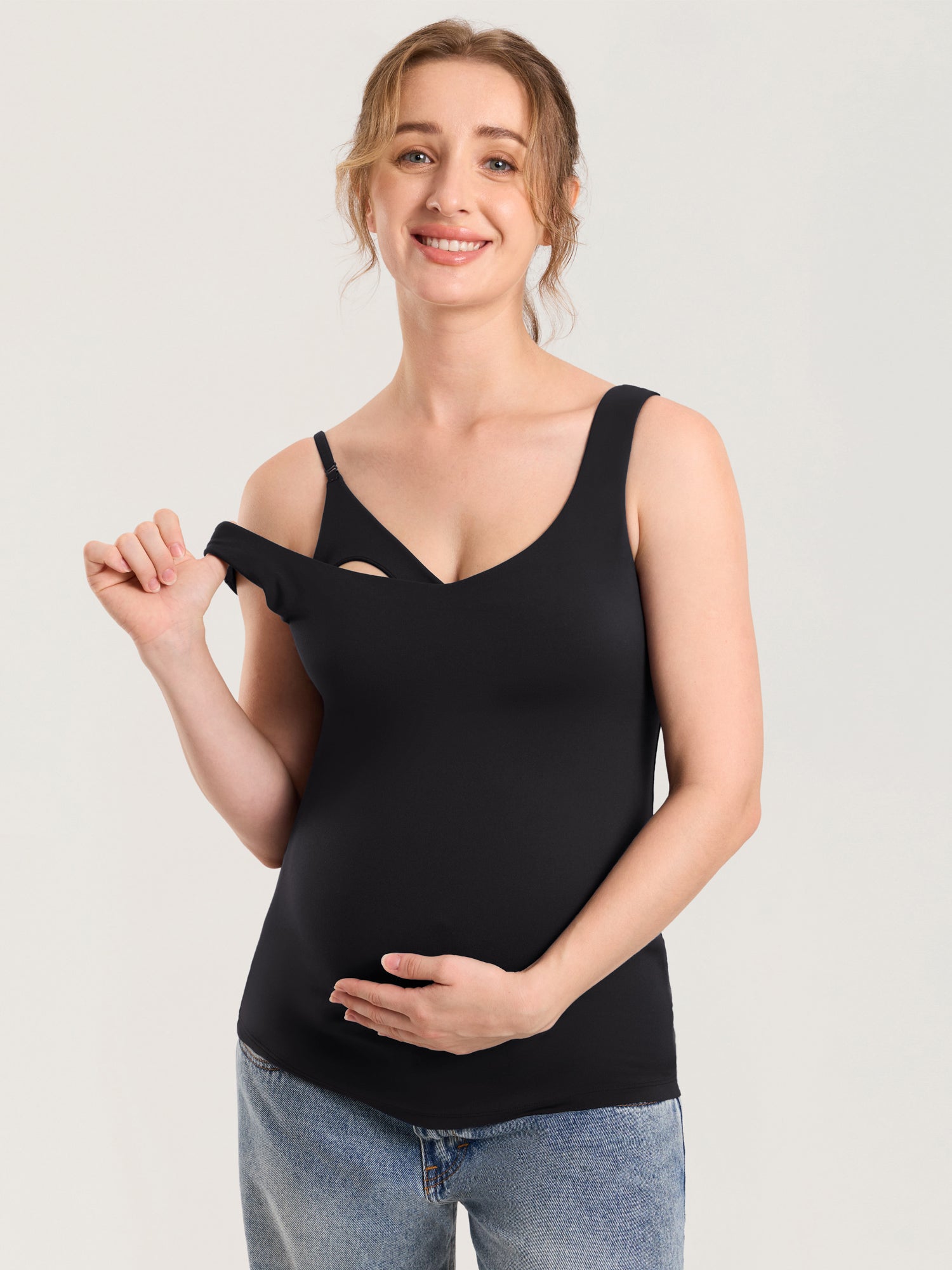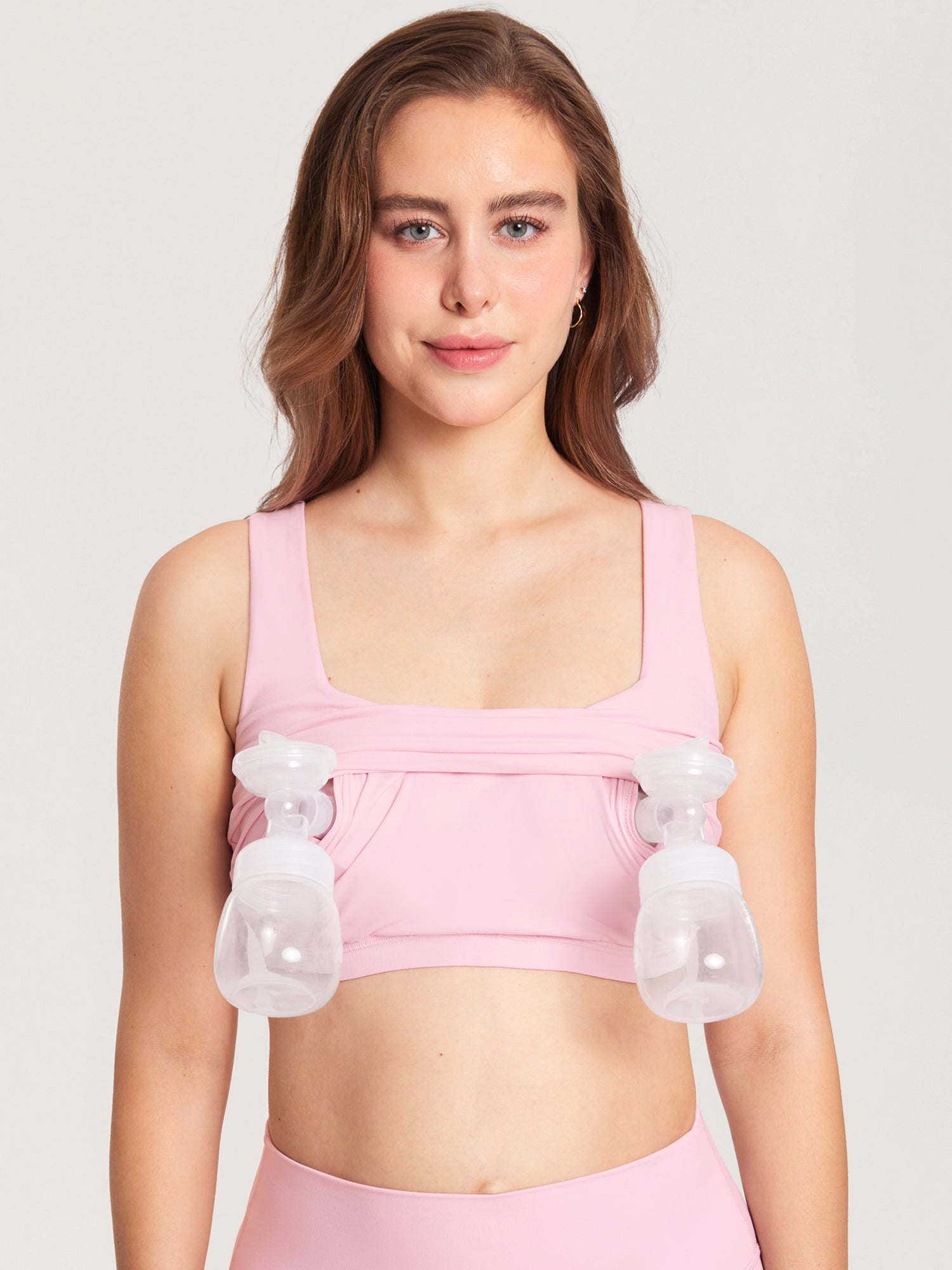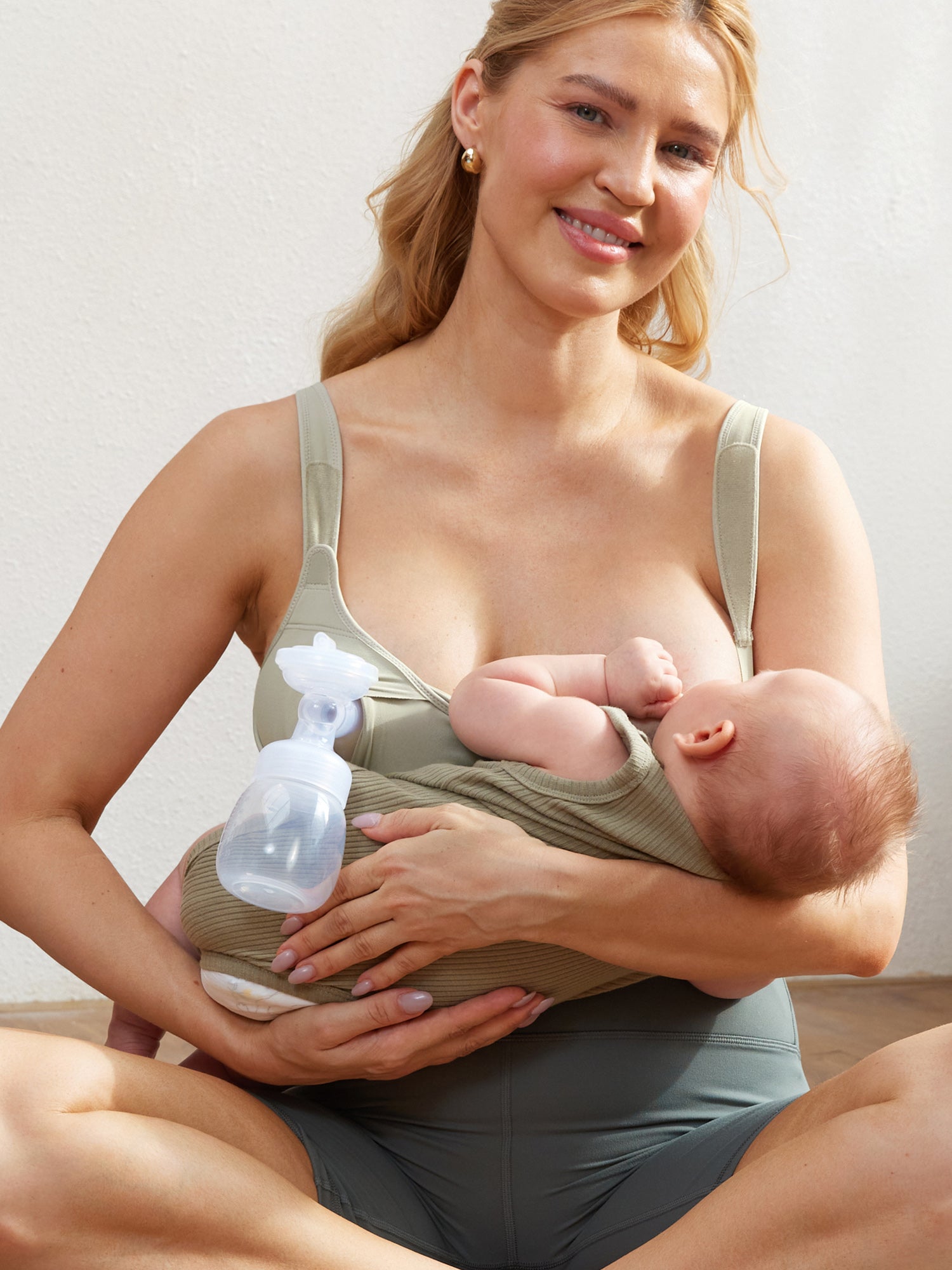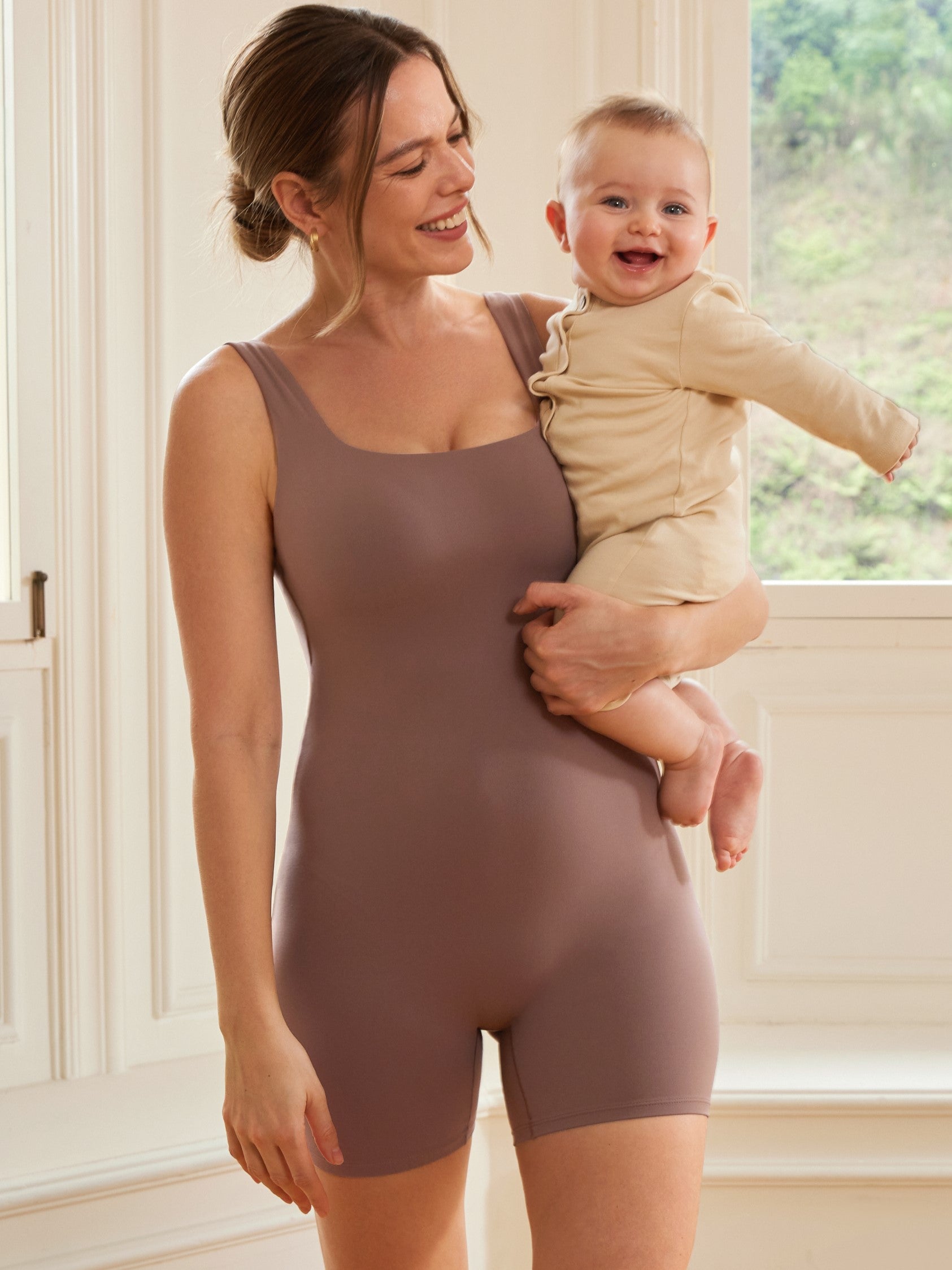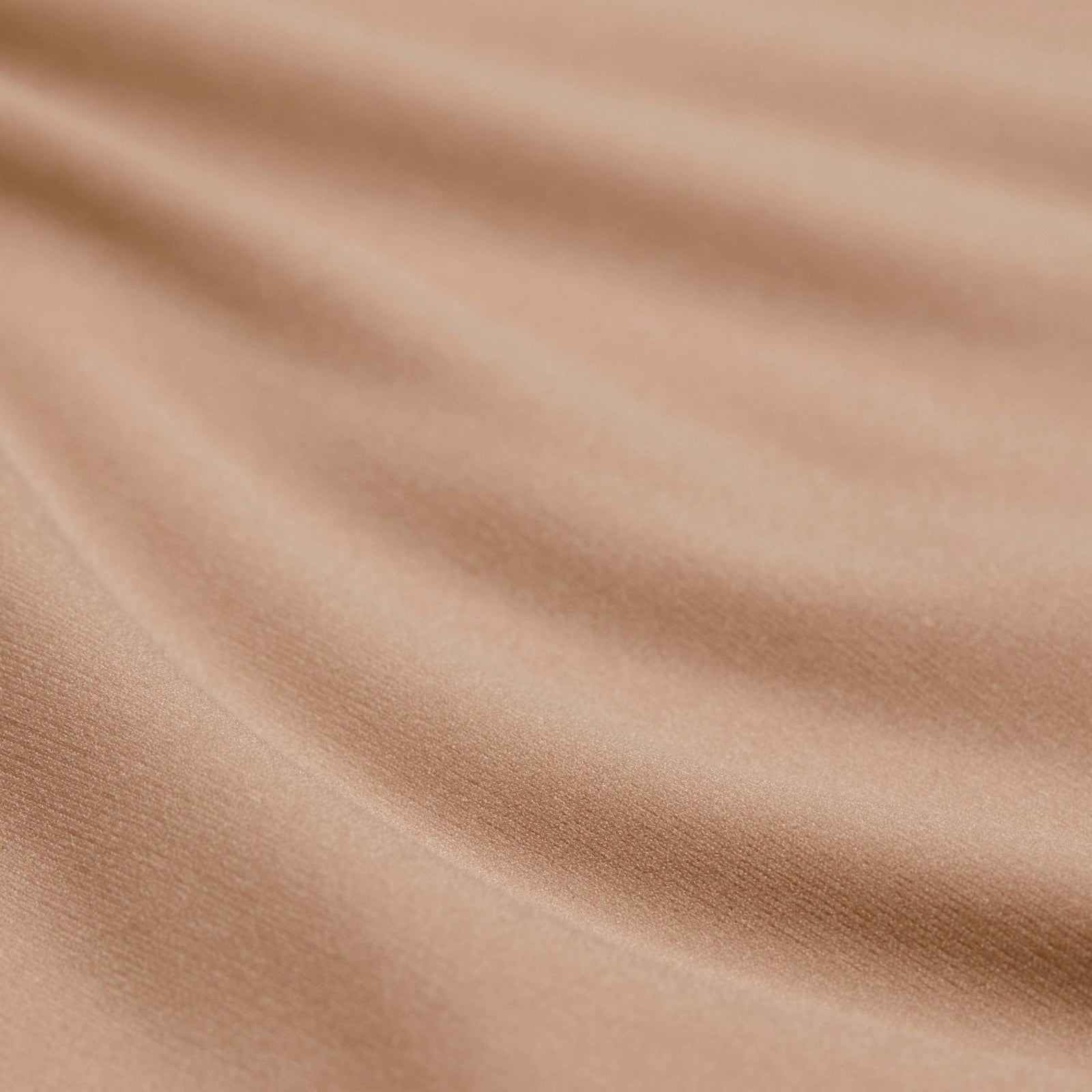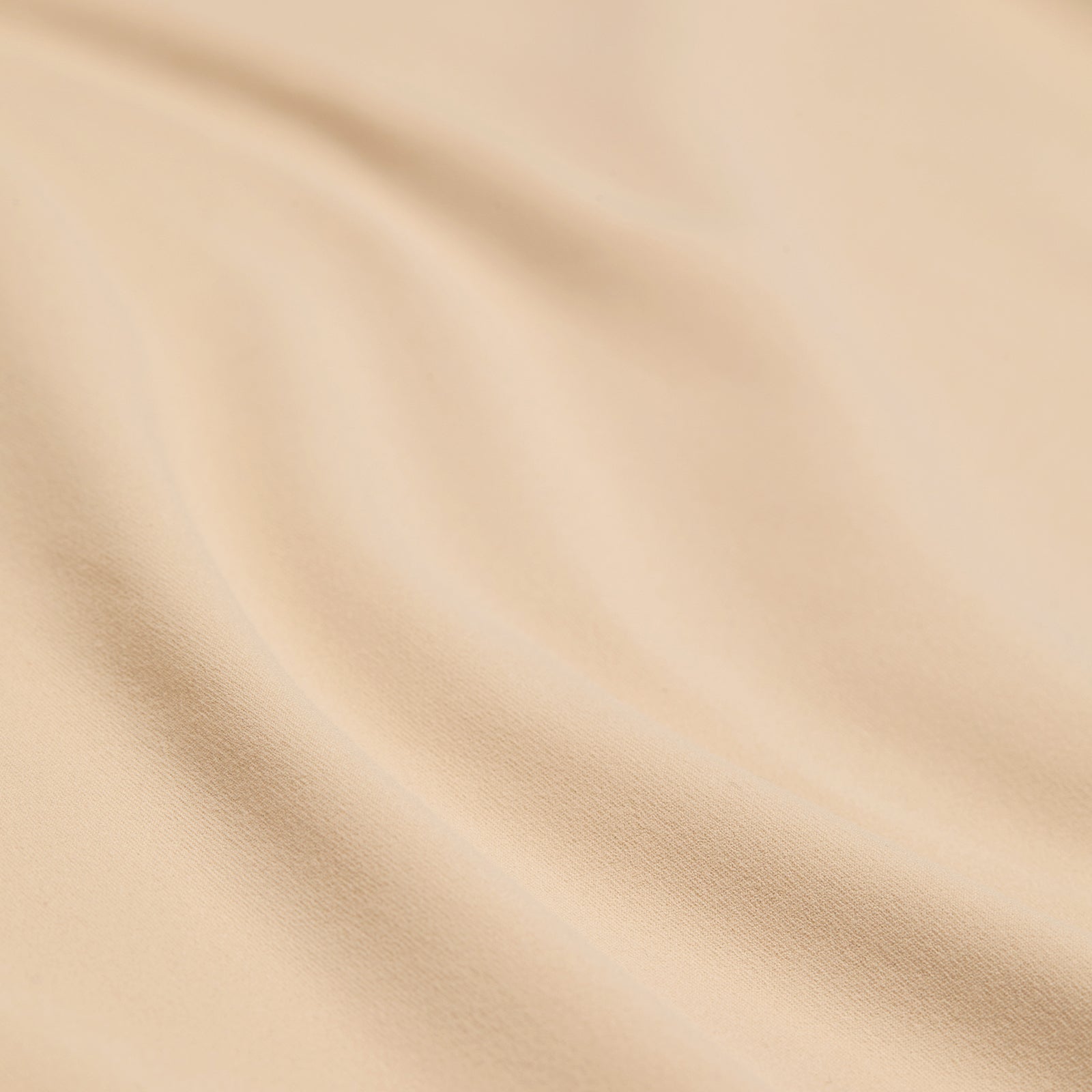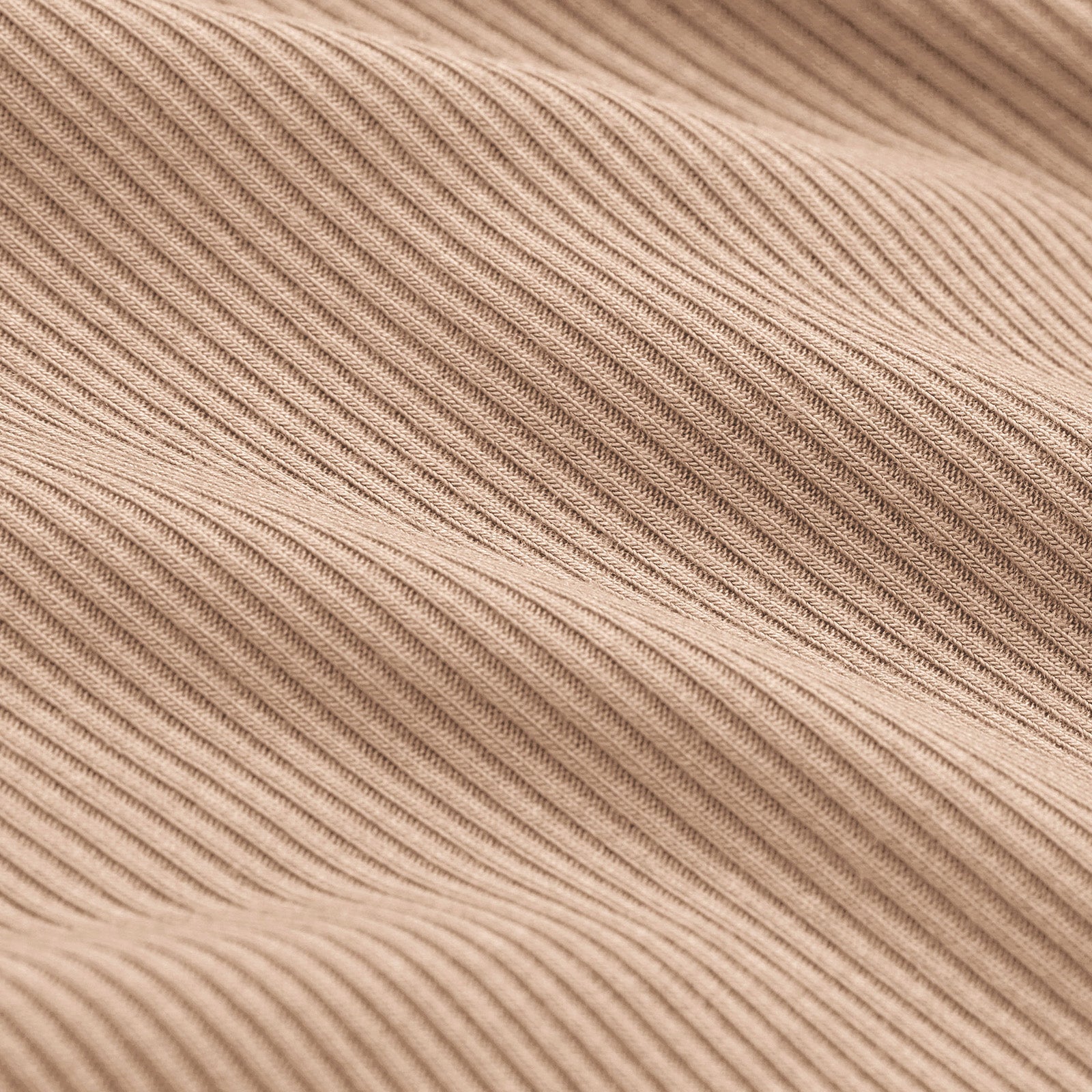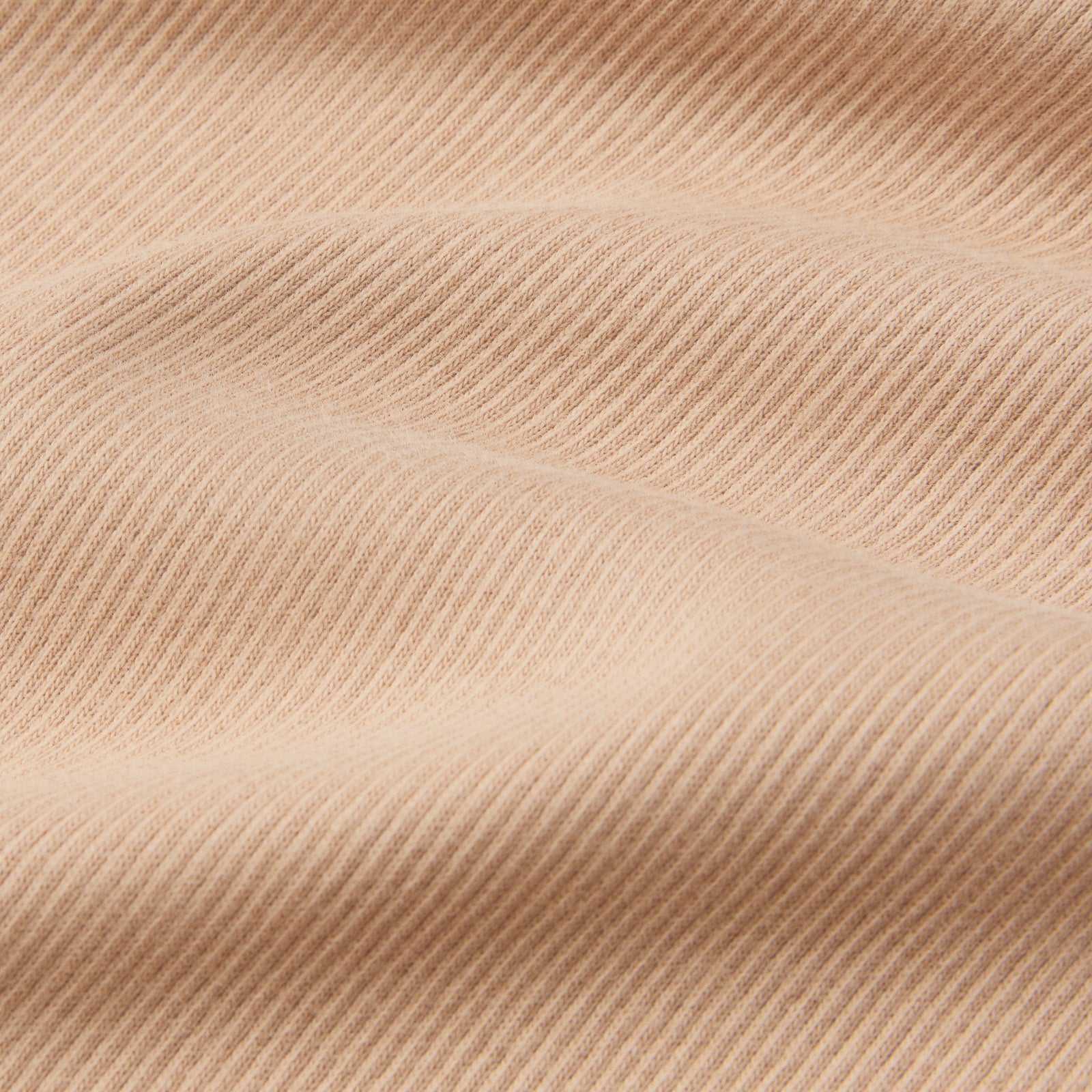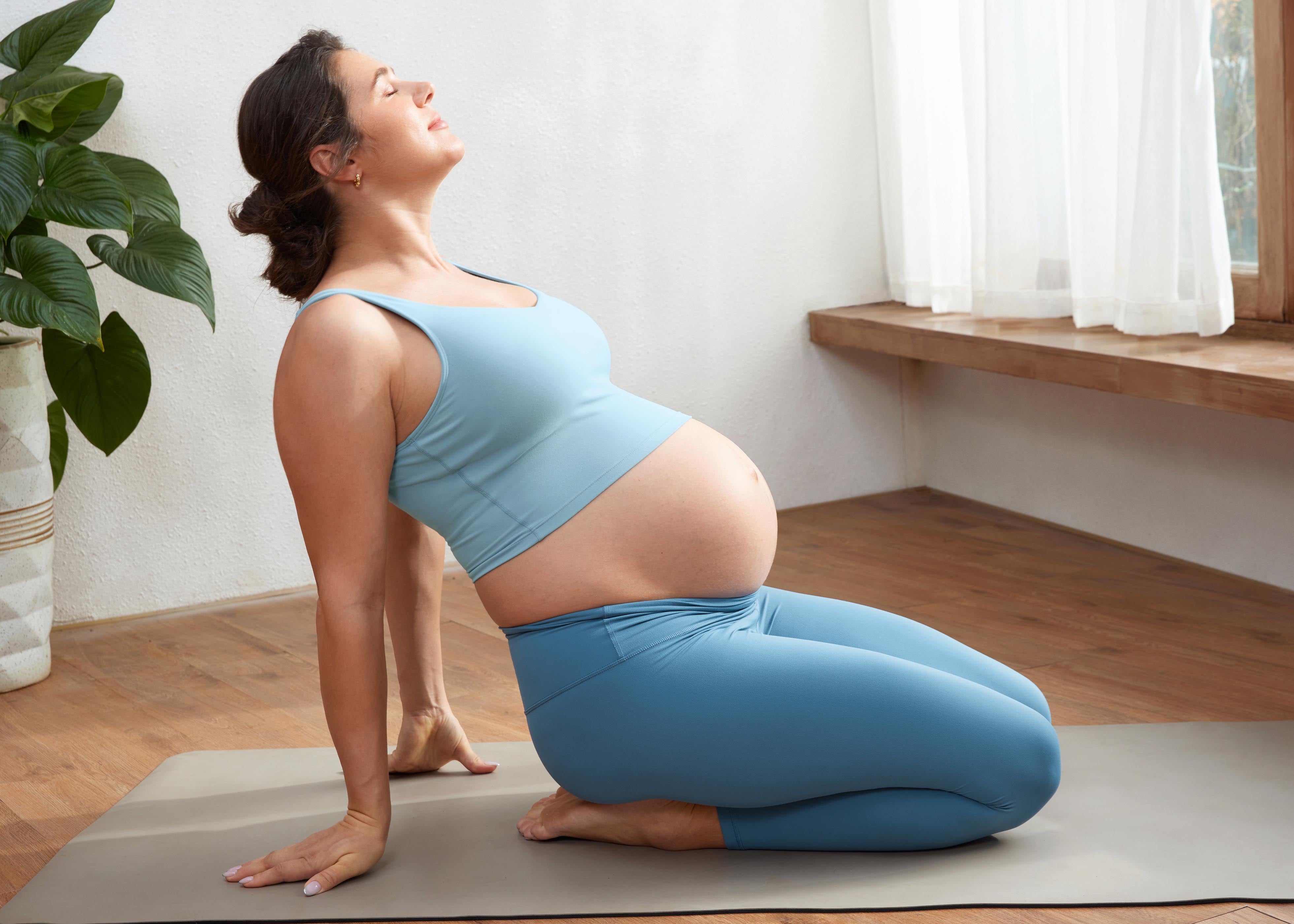So, you've navigated the incredible journey of pregnancy, culminating in the arrival of your little one via C-section. Congratulations! You’re likely juggling a million new things – tiny socks, sleepless nights, and the undeniable urge to shower for more than five minutes. But amidst the whirlwind, a question might be lingering in the back of your mind, perhaps even as you scroll through Instagram: "Will my bum ever look the same again?"
It's a valid concern. Your body has been through a monumental transformation, and it's natural to wonder about the return to your pre-pregnancy silhouette.
It's Complicated (But Hopeful)
The short answer? It's not a simple yes or no. Pregnancy itself brings about hormonal shifts and weight gain, often leading to fat redistribution. Your hips might have widened to accommodate your growing baby, and the muscles in your glutes may have weakened due to changes in posture and activity levels.
Then there's the C-section. While it's a life-saving procedure, it does impact your immediate postpartum recovery. The abdominal incision means you'll need time to heal, and certain exercises, especially those engaging your core and lower body, will be off-limits initially. This can indirectly affect the tone and appearance of your glutes.
Why Your Bum Might Feel Different
Let's delve a little deeper into the "why" behind these changes:
-
Hormonal Shifts: Pregnancy hormones like relaxin loosen ligaments throughout your body, including those in your pelvic area. This can contribute to a wider stance and a different feel in your hips and glutes.
-
Weight Gain and Fat Distribution: It's natural and necessary to gain weight during pregnancy. This often includes fat deposits in the hips and thighs, which can alter the shape of your bum.
-
Muscle Weakness: As your belly grows, your center of gravity shifts, which can lead to postural changes and weakened gluteal muscles. These muscles are crucial for the shape and tone of your backside.
-
Reduced Activity: Especially in the later stages of pregnancy and immediately after a C-section, your activity levels might be significantly reduced. This lack of movement can contribute to muscle atrophy and a less toned appearance.
-
Fluid Retention: Postpartum fluid retention is common and can temporarily affect the overall size and feel of your body, including your bum.
What You Can Do
Now for the good news: while it might take time and effort, it's absolutely possible to see significant improvements in the shape and tone of your bum after pregnancy and a C-section. Here's a GQ-approved guide to reclaiming your assets:
1. Patience is Your Most Stylish Accessory
Your body needs time to heal. Don't put undue pressure on yourself to bounce back immediately. Focus on nourishing your body, getting adequate rest (as much as a newborn allows!), and bonding with your baby.
2. Gentle Movement is Key (Once You're Cleared by Your Doctor)
Start with gentle walks as soon as you feel up to it and your doctor gives you the green light. This helps with overall circulation and can begin to engage your lower body muscles without putting too much strain on your C-section incision.
3. Embrace Postpartum-Safe Exercises
Once you've healed sufficiently, incorporate exercises specifically designed for postpartum recovery. These often focus on rebuilding core strength and then gradually progress to more targeted glute exercises. Think pelvic tilts, gentle bridges, and eventually, squats and lunges (always listen to your body and stop if you feel any pain).
4. Focus on Functional Fitness
Instead of just aiming for a certain aesthetic, think about exercises that will help you with the demands of motherhood – lifting your baby, carrying groceries, bending down. Strong glutes are essential for these everyday activities.
5. Nutrition is Your Secret Weapon
Fuel your body with a balanced diet rich in protein, which is crucial for muscle repair and growth. Stay hydrated and focus on whole, unprocessed foods.
6. Don't Underestimate the Power of Sleep (If You Can Get It)
While easier said than done with a newborn, adequate sleep is vital for hormone regulation and overall recovery.
7. Consider Professional Guidance
A physical therapist specializing in postpartum recovery can provide tailored exercises and guidance, especially if you're experiencing any pain or discomfort. A certified personal trainer can also help you develop a safe and effective workout plan once you're further along in your recovery.
8. Body Positivity is Always in Style
Remember that your body has accomplished something incredible. Be kind to yourself and celebrate the strength and resilience it has shown. While you work towards your fitness goals, embrace your postpartum body and all that it has done.

